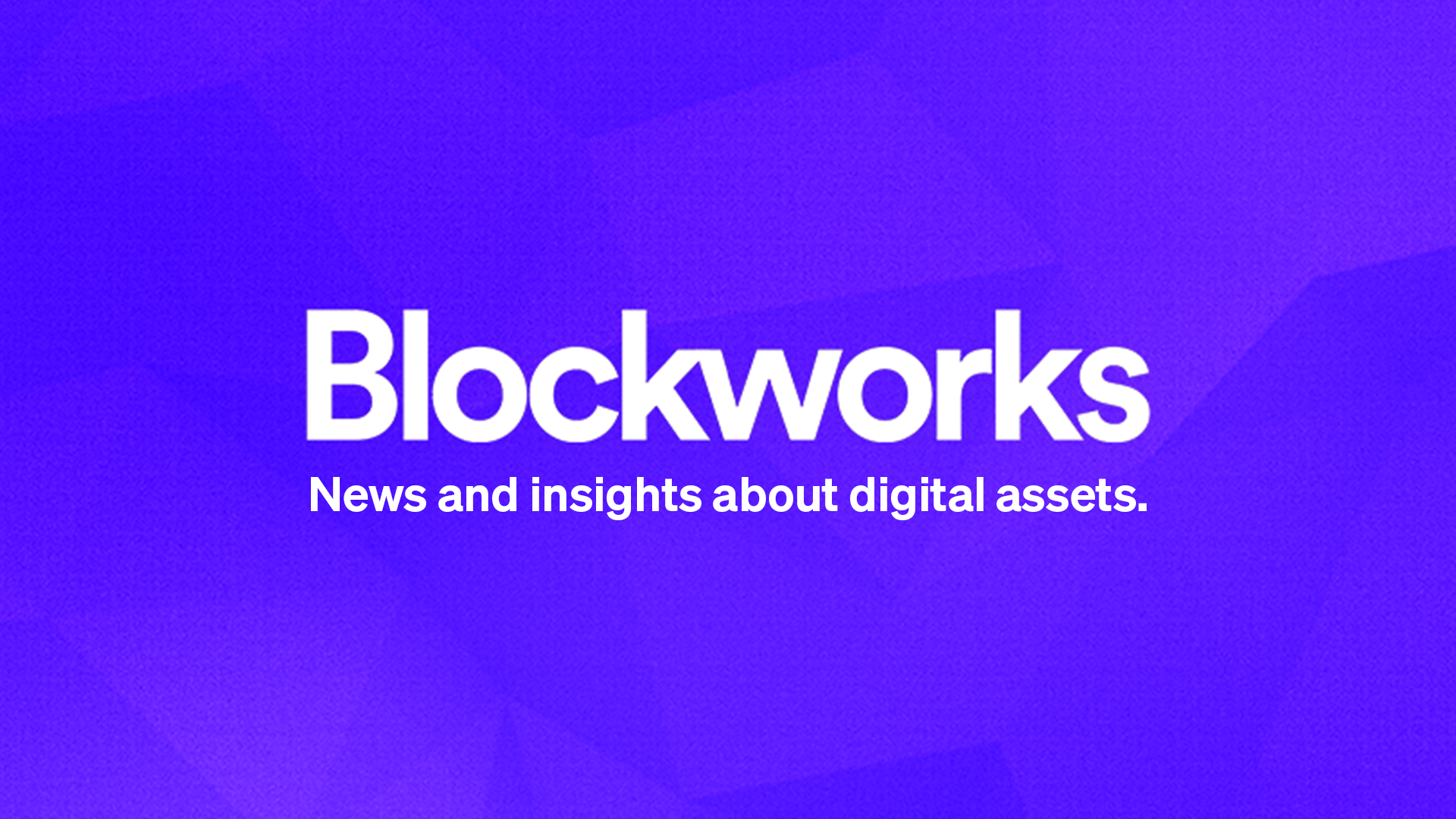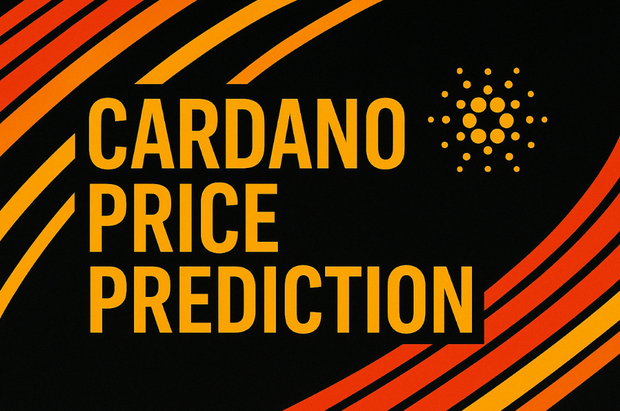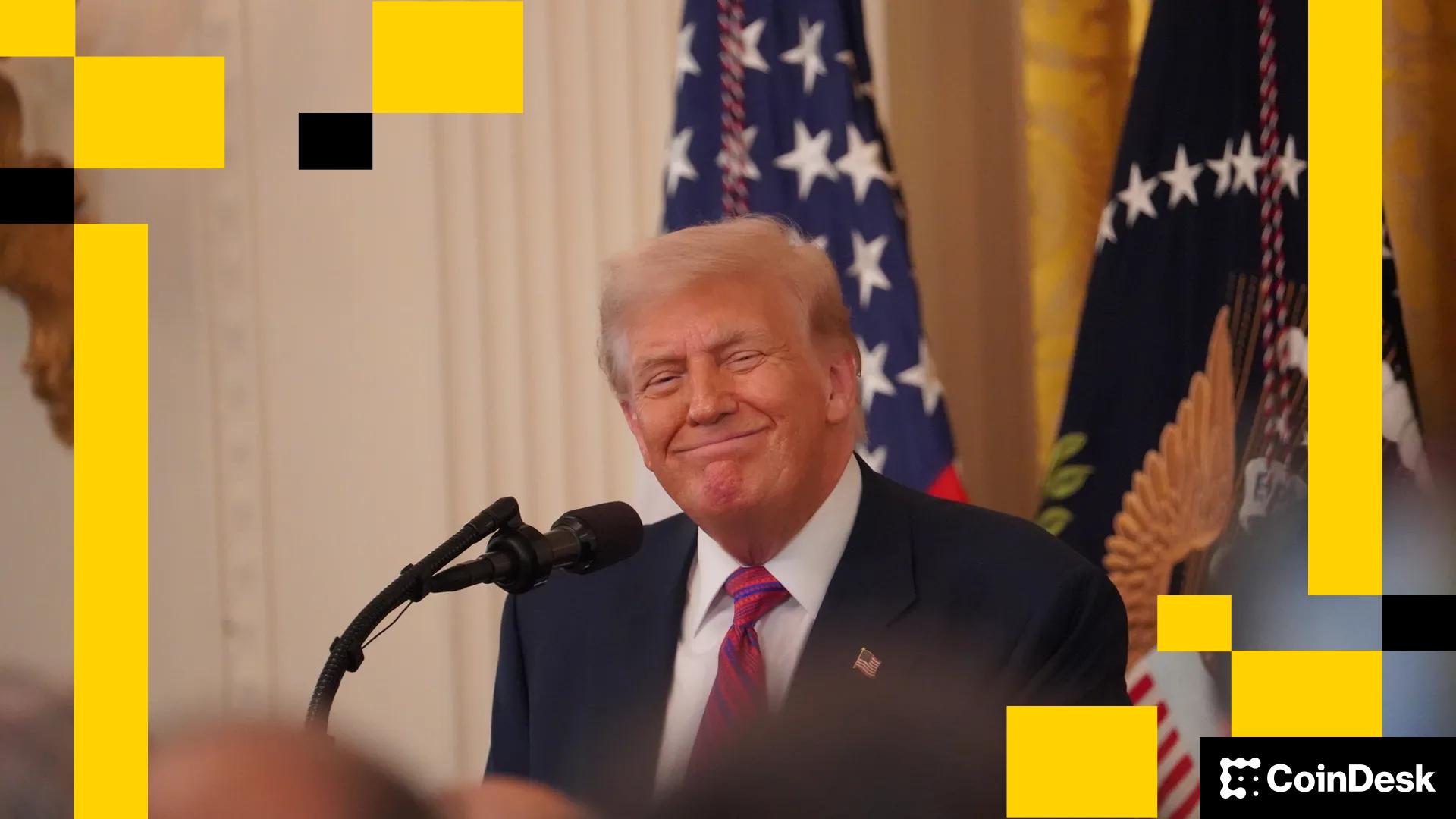ARTICLE AD BOX
Today, enjoy the Lightspeed newsletter on Blockworks.co. Tomorrow, get the news delivered directly to your inbox. Subscribe to the Lightspeed newsletter.
Howdy!
If you want some interesting (and somewhat alarming?) morning reading, check out this University of Toronto and University of Miami study on the political and psychological makeup of crypto users.
Owning crypto “is more strongly related to experiencing negative emotions…than positive,” according to the paper.
You don’t say! Anyways:
Prediction markets brace for a post-election lull
Crypto is trying to manifest its app era, and Polymarket may be its poster child.
The crypto-based prediction market — which slogged through three years of “meh” volume numbers — has had a banner 2024. Its users and volume have both skyrocketed, and its wunderkind CEO Shayne Coplan disclosed two funding rounds netted the business $70 million from investors.
Polymarket topped $400 million in trading volume from over 50,000 traders in August. The platform makes use of Ethereum and Polygon, but Solana has also caught some of the hype. The derivatives exchange Drift launched a prediction market last week that has already logged more than $2.6 million in bets.
There are fiat-based prediction markets too, but crypto enables Polymarket and its ilk to run globally (except in the US, technically speaking), mitigate chargeback risk and more easily coordinate across banking regimes and regulatory jurisdictions, Founders Fund’s Bridget Harris wrote. It also should be said that Polymarket boasts a prettier and easier-to-use website than its current competitors.
These halcyon days may be coming to an end, however, as most prediction market volume is being spent on the US presidential election on Nov. 5.
“I’m struggling to understand crypto’s obsession with prediction markets,” Solana-based BetHog co-founder (and former prediction market co-founder) Nigel Eccles wrote on X yesterday. “We’ve had them for over 20 years and their application beyond elections has been exceptionally limited.”
From a usership perspective, the problem with prediction markets (which as far as I can tell, are just betting platforms that offer subjects besides sports and card games) is that elections are some of the only news events that are sticky for betting purposes.
As Eccles laid out elsewhere, non-election or sports news events tend to have unpredictable outcomes or are resolved in “messy” ways (see: Polymarket’s comment section on the market for RFK Jr. to “drop out” of the presidential race after he “suspended” his campaign).
You could also make prediction markets for events like rate cuts from the Fed, but there are other ways to “trade” those in more-liquid markets (by buying tech stocks, for instance). And degens looking to gamble probably want markets that resolve more quickly than “Will the Sonic blockchain launch before 2025?”
In a soon-to-be-released episode of the Lightspeed podcast, I asked Hedgehog Markets CEO Kyle DiPeppe how he plans to grow his Solana-based prediction market after the election.
DiPeppe and Drift Bet are also both exploring DeFi applications for prediction market bets. On Drift, for instance, trades automatically earn yield while markets wait to resolve.
DiPeppe agreed that presidential election cycles tend to be high-water marks for prediction markets, but Hedgehog plans to tinker with different market styles to keep users engaged. Peer-to-peer markets and “create your own market” are both labeled as “coming soon” on the platform’s homepage.
There are others in Solana making even larger bets on how prediction markets might innovate. Paradigm recently led a $2.2 million funding round for MetaDAO, a governance platform toying with the idea of futarchy, or markets-based governance. Basically, futarchic DAOs make decisions based on whichever outcome markets decide will be better for the project’s token price.
Still, the idea remains niche: The futarchy platform has seen fewer than 30 proposals, and zero are currently live.
Maybe all of this will remain niche, confined mainly to nerdy group chats and pre-election betting. That’s not necessarily a bad thing: ABC News owns the popular election forecasting platform FiveThirtyEight, which recently changed its model but didn’t publicly disclose the revisions to its methodology.
With Polymarket, there’s no guesswork involved. You can see where a large group of people with a financial stake in being right land on the question of the election’s outcome. Maybe that’s a bland use case for prediction markets, but if, for instance, CNN showed how Polymarket odds shifted in real time during and after the presidential debate, that would be a crypto use case even your grandmother could grok.
— Jack Kubinec
Zero In
$4.5 million
That’s the market capitalization of Ethena’s USDe on Solana a little over two weeks since launching. That would make the so-called synthetic dollar the sixth-largest stablecoin on the network, per DeFiLlama data, although the dashboard is yet to track USDe on Solana. (This figure was closer to $6.5 million yesterday but shed $2 million sometime over the past 24 hours.)
Ethena tried to incentivize uptake of its stablecoin on Solana by offering points-like rewards on Orca, Drift and Kamino. $4.1 million in USDe has been supplied to Kamino.
Ethena also said it would consider adding Solana as a backing asset to governance, although a proposal has yet to materialize.
— Jack Kubinec
The Pulse
In this edition of The Pulse, we’re testing out a new format called “Bullish or Bearish?”, where we examine opposing takes from the community.
Memecoin wars escalate as traders jump between chains
Solana’s Pump.fun, once a leader in the memecoin ecosystem, has recently seen a significant decline in activity. Daily launches have dropped by 47% over the last two weeks. Meanwhile, Tron’s SunPump, spearheaded by the ever-controversial Justin Sun, appears to be gaining traction. This shift raises the question: Is competition beneficial for the blockchain space, or is Tron simply capitalizing on existing markets by cloning successful activity without bringing real innovation?
Bull Take
Competition drives progress. Despite Tron’s historically dubious reputation, the competition between SunPump and Solana’s Pump.fun could drive both platforms to innovate and improve. Some in the community see this as a healthy development, with the potential to push both ecosystems forward. As @kevmeta_x pointed out, “There’s money to be made on both chains; Tron is pushing hard right now, to be honest.”
According to @YamiYugiAlpha, “I think having these chains compete for investors to use their chain for memecoin trading is good for the whole market. It forces them to work hard to make sure their chain is top notch for trading these coins.”
@A1wordsmith also highlighted the competitive momentum, posting, “SunPump just knocked Pump(.)fun off its pedestal in the memecoin space. Now, that’s some healthy competition!”
Bear Take
On the flip side, many in the community are wary of Tron’s sudden rise in the memecoin sector. Justin Sun has a long (long, long, long, long) history of problematic moves, leading to well earned skepticism about SunPump’s longevity and legitimacy. @PsychedelicBart bluntly stated, “Justin Sun is one of the worst scammers in the industry. He steals ideas, rebrands them, and dumps on retail. These are simple facts.”
@JaydeHerrick_ expressed concerns about the motivations behind this shift, saying, “It’s just the so-called influencers and all the scammers moving hype to a new chain so they can continue to rug liquidity from everyone.”
@notmissing_ pointedly asked, “Are we just going to move from chain to chain on a never-ending memecoin carousel? Solana, Base, Telegram, TRON. In my opinion, this won’t bring growth to the space.”
— Jeffrey Albus
One Good DM
A message from Cindy Leow, co-founder of Drift:
Start your day with top crypto insights from David Canellis and Katherine Ross. Subscribe to the Empire newsletter.
Explore the growing intersection between crypto, macroeconomics, policy and finance with Ben Strack, Casey Wagner and Felix Jauvin. Subscribe to the On the Margin newsletter.
The Lightspeed newsletter is all things Solana, in your inbox, every day. Subscribe to daily Solana news from Jack Kubinec and Jeff Albus.
 (1).png)
 1 year ago
496834
1 year ago
496834








 English (US) ·
English (US) ·